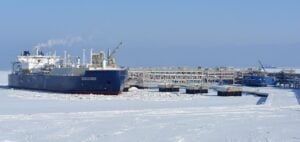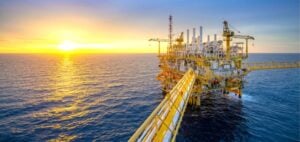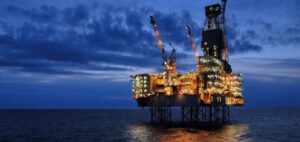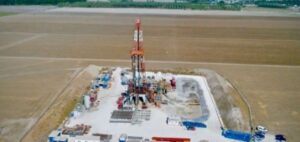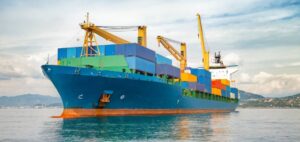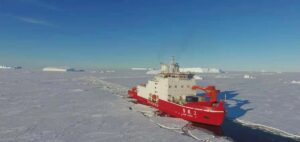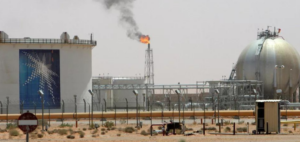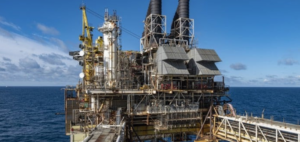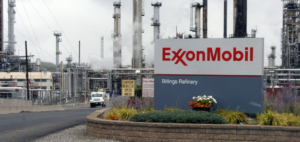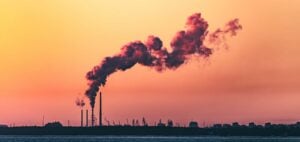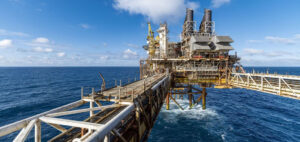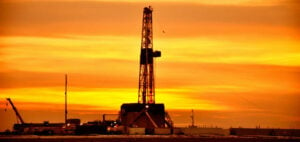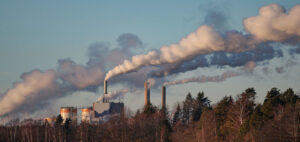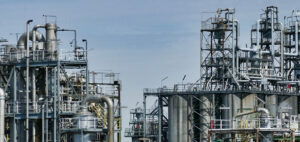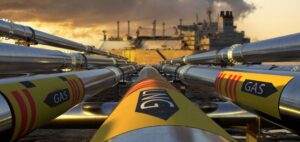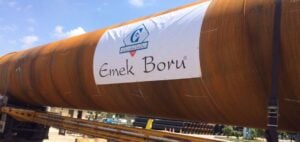Eni collaborates with the Ivory Coast. Alassane Ouattara and Claudio Descalzi, CEO of the Italian company, met. Thus, they discussed many topics related to their collaboration. In fact, they talked about Eni’s activities in the country, future projects and common areas of interest.
Eni’s Whale project
The two men discussed the Whale project. This is a project related to a major hydrocarbon discovery. Eni intends to make this project the first Net Zero project in Africa.
The potential of this discovery was confirmed by the drilling of the first well, the Whale E1X well. In fact, it extends into the adjacent block. Thus, the volume of hydrocarbons is greater than initially.
Eni estimates a 25% increase with 2.5 billion barrels of oil and 3.3 TCF.
The planned target for Whale is to increase production to 150,000 bpd and 200 million cubic feet of gas per day. This was considered feasible following the 12,000 bpd production test phase. In addition, revenues from the first phase of Whale are confirmed in the first half of 2023.
Objective Net Zero
Eni will contribute to the Net Zero goal through several initiatives to offset emissions from the Whale field. Thus, the company plans to distribute improved stoves. Moreover, it would participate in the economy of the country, the stoves being produced in Ivory Coast.
These emission compensation plans must produce positive social, environmental and economic effects. In addition, they will allow the training of 400 managers and technicians to support the development of the Whale project.
Eni has been established in Côte d’Ivoire since 2015 through its subsidiary Eni Côte d’Ivoire. The Whale field includes the CI.101 and CI-802 blocks. However, the Italian company also owns shares in five other blocks. Thus, CI-205, CI-501, CI-504, CI-401 and CI-801 are located in the deep waters of Côte d’Ivoire.
The extension of its sectors of activity in the country in parallel with the collaboration with Petroci Holding means the return of Eni in Côte d’Ivoire. Previously, the company had been very active in the 1960s and 1980s in reducing its presence.



